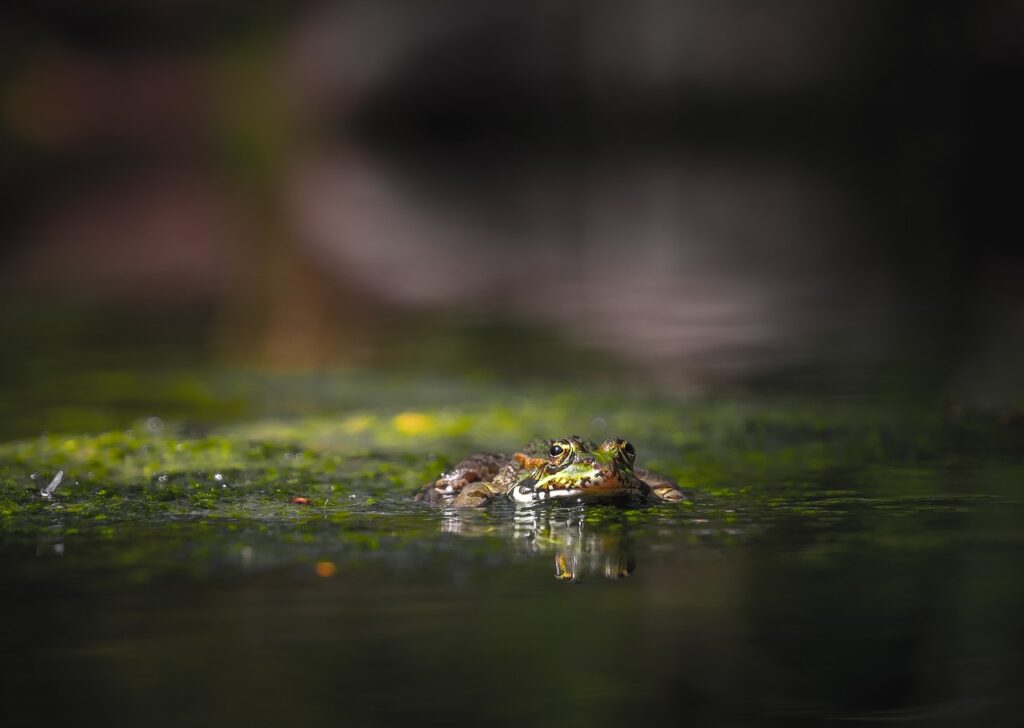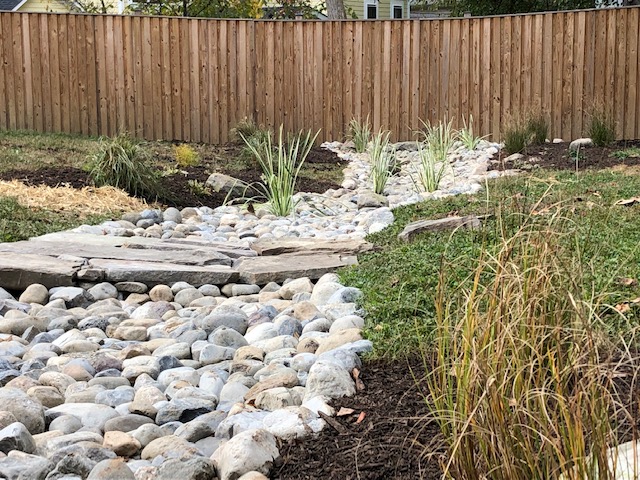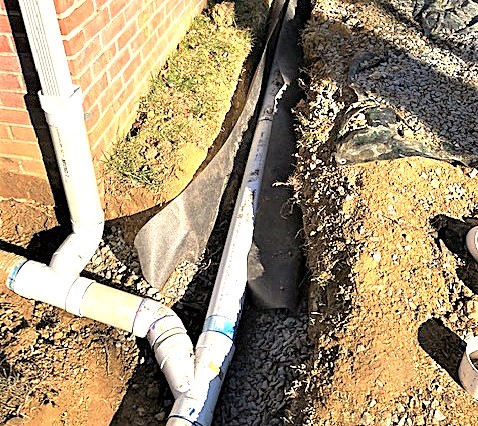Pooling water in your yard is more than just an eyesore. It creates muddy messes, drowns your plants, attracts pests, and can even lead to foundation damage if left unchecked. Thankfully, you don’t have to live with soggy grass and standing puddles. With the right solutions for pooling water, you 
What Causes Pooling Water in Your Yard?
Before jumping into solutions, it’s essential to figure out what’s causing the problem. Here are some common culprits:
- Compacted Soil: Over time, soil can become too dense to absorb water effectively.
- Poor Grading: If your yard slopes toward your home or other low spots, water naturally collects there.
- Blocked Gutters or Downspouts: Rainwater can overflow and pool near the base of your house instead of draining away.
- High Water Table: If you live in an area with naturally high groundwater levels, your yard may struggle to drain properly.
Identifying the root cause is the first step toward solving the issue for good.
Short-Term Fixes for Pooling Water
When water is already pooling, quick action can minimize the mess and prevent further damage. Here’s what you can do:
Redirect Water with Downspout Extensions
Ensure your gutters and downspouts direct water at least 6 to 10 feet away from your home’s foundation. Install extensions or splash blocks to keep water flowing toward safe drainage areas and implement solutions for pooling water effectively.
Aerate the Soil
Use a lawn aerator to create small holes in compacted soil. This allows water to penetrate more deeply and drain away instead of sitting on the surface.
Temporary Pumping
If the water is excessive, use a submersible pump to remove it temporarily. While this isn’t a long-term solution, it can provide immediate relief.

Long-Term Solutions for Pooling Water
For lasting results, it’s crucial to implement solutions for pooling water that address the underlying problem. Consider these options:
1. Regrade Your Yard
Improper slope is one of the most common reasons for pooling water. Work with a landscaping professional to regrade your yard, ensuring water flows away from your home and low-lying areas. A proper slope should drop at least 1 inch per foot for the first 6 to 10 feet from your house.
2. Install a French Drain
A French drain is a perforated pipe surrounded by gravel that redirects water away from trouble spots. This is ideal for yards where water tends to collect in specific areas.
3. Create a Rain Garden
Turn a problem area into an opportunity. Plant water-loving plants like ferns, sedges, and ornamental grasses in a shallow depression. Rain gardens absorb excess water while adding beauty and biodiversity to your yard.
4. Build a Dry Creek Bed
A dry creek bed channels water away from your yard using decorative rocks and a gentle slope. It’s both functional and visually appealing, blending seamlessly into your landscaping.
5. Improve Soil Drainage
Amend heavy clay soil with organic materials like compost or sand to improve water absorption. Over time, this can significantly reduce pooling issues.
Preventive Measures to Avoid Pooling Water
To keep pooling water at bay, adopt these preventive strategies:
- Maintain Gutters and Downspouts: Clean them regularly to prevent blockages.
- Incorporate Permeable Surfaces: Use permeable pavers, gravel, or mulch to allow water to seep into the ground naturally.
- Check Yard Grading Annually: Ensure your yard’s slope hasn’t shifted due to settling or erosion.
FAQs About Pooling Water Solutions
1. How can I tell if my yard needs a French drain?
If water consistently pools in the same area, especially after rain, and doesn’t drain within a day, a French drain might be the best solution. It’s particularly effective in flat yards or near foundations.
2. Can I install a dry creek bed myself?
Yes, you can DIY a dry creek bed with proper planning and materials. Ensure you grade the area for water flow and use landscape fabric to prevent weeds before adding rocks.
3. How much does regrading a yard cost?
The cost varies depending on your yard size and the severity of the issue but typically ranges from $1,000 to $3,000. Professional help ensures accurate results.
Pooling water doesn’t have to ruin your yard or cause long-term problems. By addressing the root cause and implementing effective solutions for pooling water, you can protect your landscaping, your home, and your peace of mind. Ready to tackle your drainage issues? Start small with DIY fixes or contact Allentuck Landscaping Co. for more complex projects. Either way, your yard will thank you!
Allentuck Landscaping Company is Your Residential Landscape Company
Phone: 301-515-1900
At Allentuck Landscaping Company, our mission is to create beautiful environments for people to enjoy. We see landscaping as a way to improve people’s lives.
The Allentuck Landscaping Company team has been delighting homeowners in Maryland, Washington DC and Northern Virginia for over 28 years with our turnkey approach to landscape design, installation, construction and maintenance. Most companies try to serve many types of customers at the same time; homeowners, shopping centers, office buildings and the list goes on. At Allentuck Landscaping Company, we focus on one customer, you, the homeowner. We have a singular focus on bringing you the best landscape practices, the best customer service, and the best value for your home.
Services Provide – Master Landscape Plans, Complete Maintenance Programs, Plantings, Patios, Walkways, Retaining Walls, Water Features, Outdoor Lighting, Outdoor Kitchens, Trellises & Pergolas, Irrigation Systems, Drainage Solutions, Grading & Sodding. Fire Pits & Fire Places, Spring Clean Ups, Decks, Fences
Areas Served – Chevy Chase, Bethesda, Potomac, Rockville, North Potomac, Darnestown, Gaithersburg, Germantown, Travilah, Damascus, Boyds, Clarksburg, Ijamsville, Urbana, Frederick and Washington DC.
Allentuck Landscaping Co. is a proud member of the National Association of Landscape Professionals and MyLandscapeAcademy.
Allentuck Landscaping Co.
13711 Travilah Road
Rockville, Maryland 20850
301-515-1900

